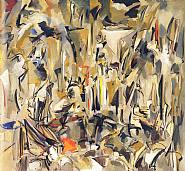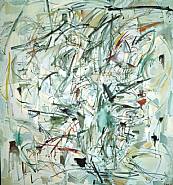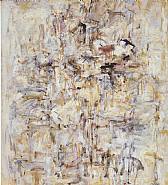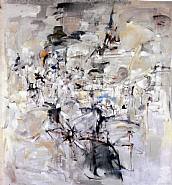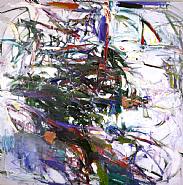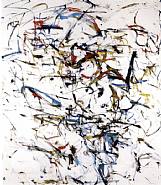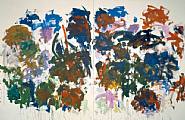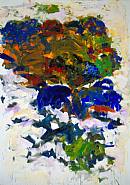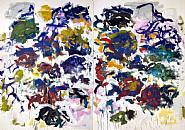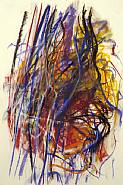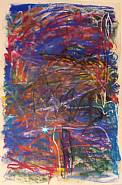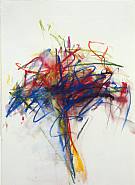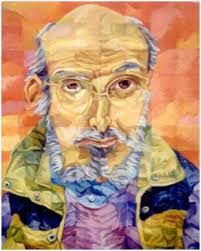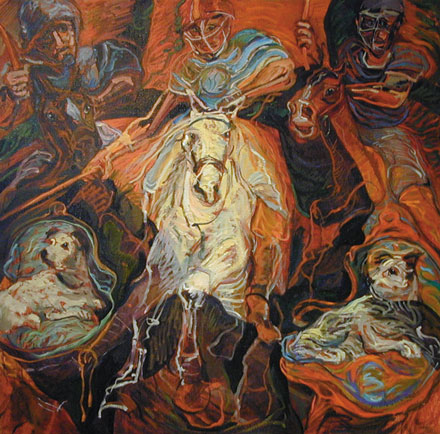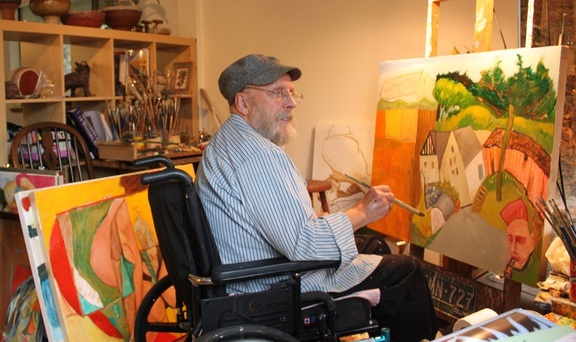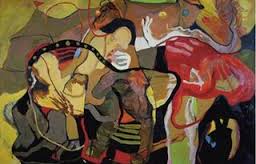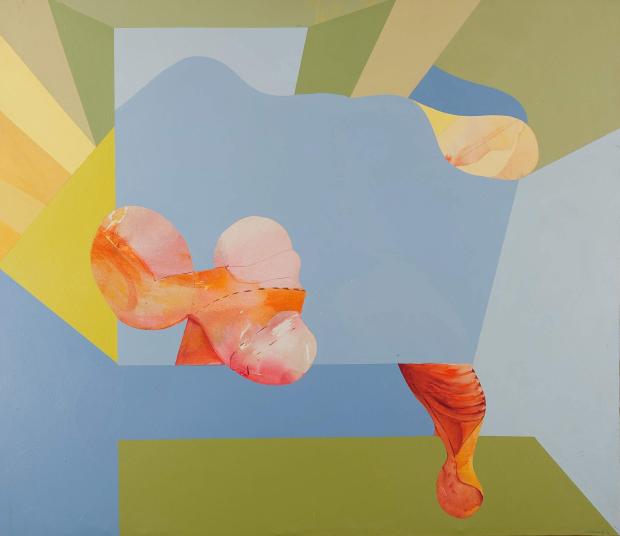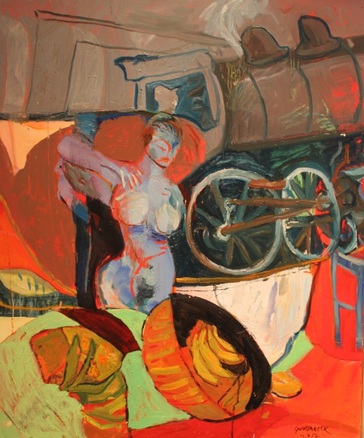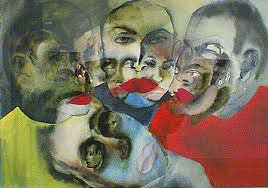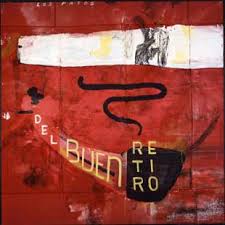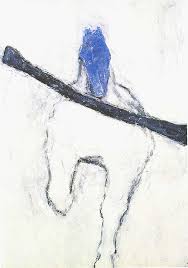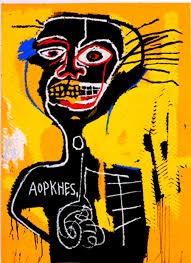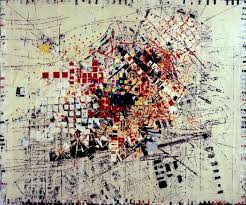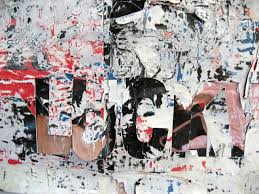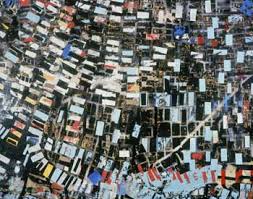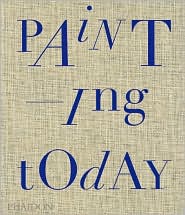Jack Bush
Bush changed his style of painting from abstract expressionism to colour field abstraction as a result of two major influences on his career - the French artist Henri Matisse and American critic Clement Greenberg. Bush's paintings are characterized by their muted, glowing colours that appear to be absorbed by the canvas.
Oscar Cahén
Cahén achieved distinction as one of Canada's leading illustrators before becoming an abstract expressionist painter. His European training and maturity influenced many of his Painters Eleven colleagues, and were it not for his untimely death in 1956 certain critics believe Cahén would have become the major artist of Painters Eleven.
Hortense Gordon
The senior member of Painters Eleven, Gordon taught art for most of her life, travelled in summer months to France where she studied and painted. A painting of hers was exhibited in an exhibition at the Art Gallery of Toronto in 1909, before most Painters Eleven were born.
Tom Hodgson
Both Hodgson's large abstractions and his watercolours are noted for their rich, beguiling colours and juxtapositions, as are his beautiful paintings of beautiful women - wives, lovers, children. A champion canoeist, Hodgson competed in the Olympic games of 1952 and 1956 as a member of Canada's Olympic Canoe Team.
Alexandra Luke
Luke refined her elegant abstractions through studies with famous American artist/teacher Hans Hofmann. She was instrumental in the founding of Painters Eleven - its inaugural meeting was held in her studio in Oshawa, Ontario. Married into the McLaughlin Carriage Company family, which later became General Motors, she bequeathed her enormous art collection to The Robert McLaughlin Gallery in Oshawa, founded by her husband in the name of his grandfather. It remains the largest repository of Painters Eleven work in the country.
Kazuo Nakamura
Nakamura stands rather apart from the majority of Painters Eleven with his quiet, sonorous paintings. His twenty-five year study of the interconnectedness between art and mathematics, and on another level, music, produced a defining body of work, his Number Structures. Nakamura was greatly influenced by - not painters or art movements - the magazine Scientific American.
Jock Macdonald
A distinguished art teacher, Macdonald was an inspiration to his students in Vancouver, Calgary and Toronto. He began working in abstraction as early as 1934, and his work evolved into several forms of abstraction and "semi abstract" styles, including his famous Modalities. He met Jean Dubuffet in France and counted him as one of his greatest influences.
Ray Mead
Mead's work was first exhibited at the Hamilton Art Gallery in 1946. He stopped painting for a period of about 10 years in the 1970s, but after having a dream of Hans Hofmann giving him a painting lesson Mead picked up his brushes again. He achieved a level of sophistication in his paintings and watercolours through excellent composition and his use of black and white with colour.
William Ronald
In 1955, Ronald left Toronto for New York and the following year was taken on by the famous Kootz Gallery, which represented top rank abstract expressionists in New York. Ronald produced a body of work that truly epitomizes his reputation as an outstanding colourist and larger-than-life persona.
Harold Town
Along with his flamboyant personality, Town is celebrated for his work in many mediums: painting, collage, assemblage, sculpture and works on paper -drawings, monoprints, etchings, linocuts, lithographs and serigraphs. A master draftsman, his drawings have been compared with Picasso's. He gained his first international recognition in 1952.
Walter Yarwood
A painter of deep, richly dense colours and broad brush strokes, Yarwood gave up painting in 1960 for sculpture. He received numerous commissions to create major sculptures for Canadian government buildings, universities and airports. In the last ten years of his life he returned to painting, during which he painted vivid, plein air landscapes.
Click here: thielsen gallery and scroll down page to see an online exhibit of the members work.
The brief bios above were written by Thielson Gallery







